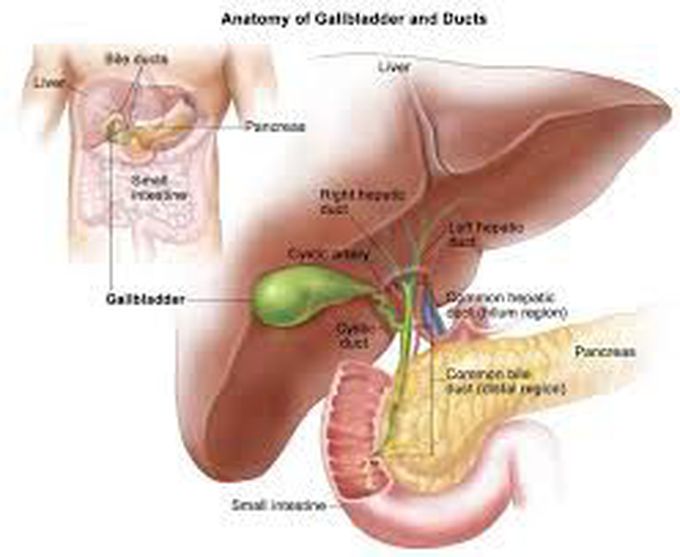


Carolis disease symptoms
Symptoms Bile needs to be able to move through the bile ducts without getting stuck. When these ducts become too wide, bile can collect easily. As bile collects over time, the build-up can cause small stones to form. These small stones usually do not cause symptoms unless they block the bile duct. When a bile duct is blocked due to stones, the bile ducts become swollen (cholangitis). This can cause pain on the right side of the body, vomiting, fever, and yellowing of the skin (jaundice). People with Caroli disease experience many episodes of cholangitis. Rarely, tumors called cholangiocarcinomas can form in the bile duct due to the build-up of bile. Usually, symptoms happen before the age of 30, but can happen at any age. Some people with Caroli disease may only have one episode of cholangitis, so it is important to understand how the disease impacts a person’s life. The liver has its own bile ducts and its own blood vessels that make up the hepatic portal system. The portal system carries blood from the digestive organs to the liver in order for the liver to filter out waste. The liver needs to form correctly in order to work. Sometimes, people are born with a condition that causes their liver to have scarring and to be larger than normal (congenital hepatic fibrosis). This also changes the way their bile ducts in the liver are formed, putting them at a higher risk to have cholangitis. Since the hepatic portal system is also not formed correctly, blood pressure in these veins is higher than normal. People with Caroli syndrome have congenital hepatic fibrosis. Caroli syndrome is progressive meaning that damage to the liver is done over time. This condition can lead to liver failure and polycystic kidney disease.

